Nucleic acid quantification
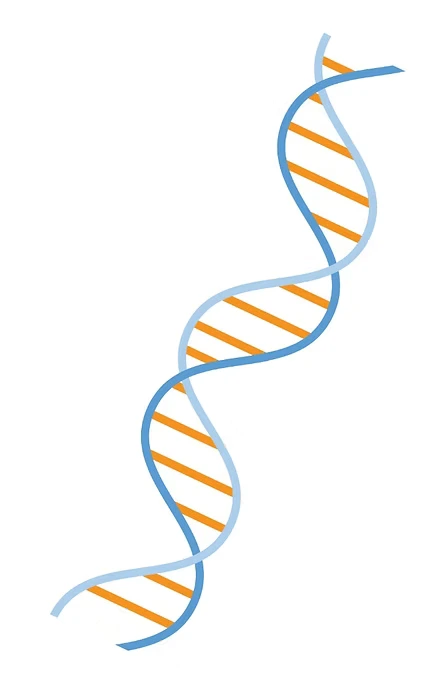
How to measure the mass of nucleic acids?
Mass photometry can measure the mass and relative abundance of DNA, in the range between 100 to 5000 base pairs. It can accurately determine the mass distribution of molecular populations in samples, such as PCR products or plasmid preparations. Mass photometry is useful to rapidly check the presence and mass of DNA fragments or the purity of DNA preparations, while using low DNA amounts (in the low nanogram range).
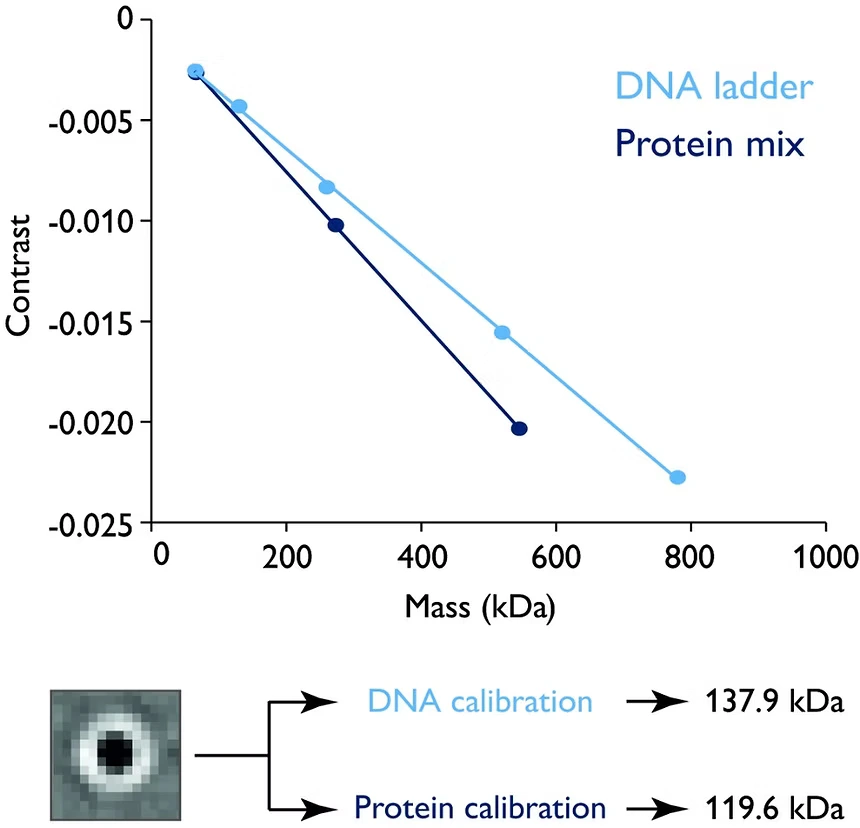
Mass calibration for nucleic acid measurements
To ensure accurate mass measurements of nucleic acids, proper calibration is essential. In mass photometry, it is necessary to calibrate the measurements with molecules of known mass and the same molecular class as the analyte. The use of commercially available DNA standards is recommended for calibrating DNA measurements.
Image: Calibrants for mass photometry should be molecules of known mass and the same molecular class as the analyte. For experimental details, download the app note.
To learn how mass photometry can measure the mass and size of nucleic acids
Mass photometry of nucleic acids
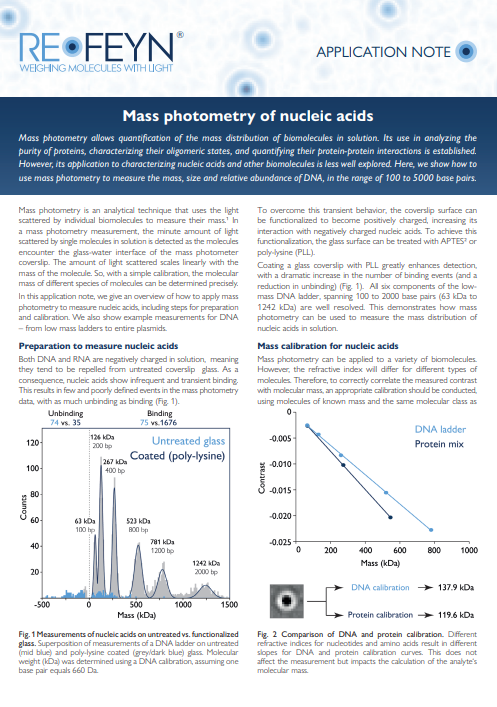
Additional resources
BLOG POST: Studying protein-DNA interactions with mass photometry
Learn how mass photometry can be used for the study of protein-DNA interactions. Discover how it can answer unique scientific questions about DNA repair mechanisms and how it compares with other techniques, such as microscale thermophoresis (MST) and gel filtration chromatography.
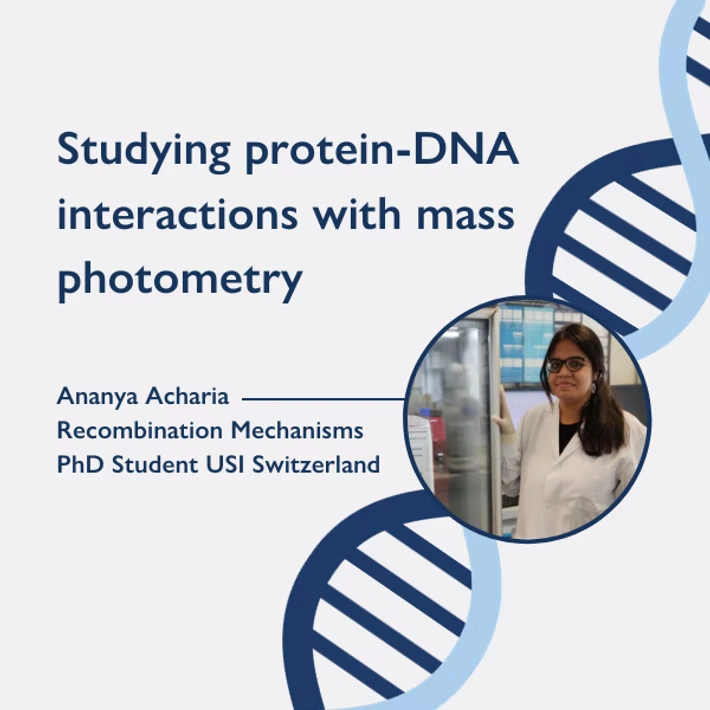
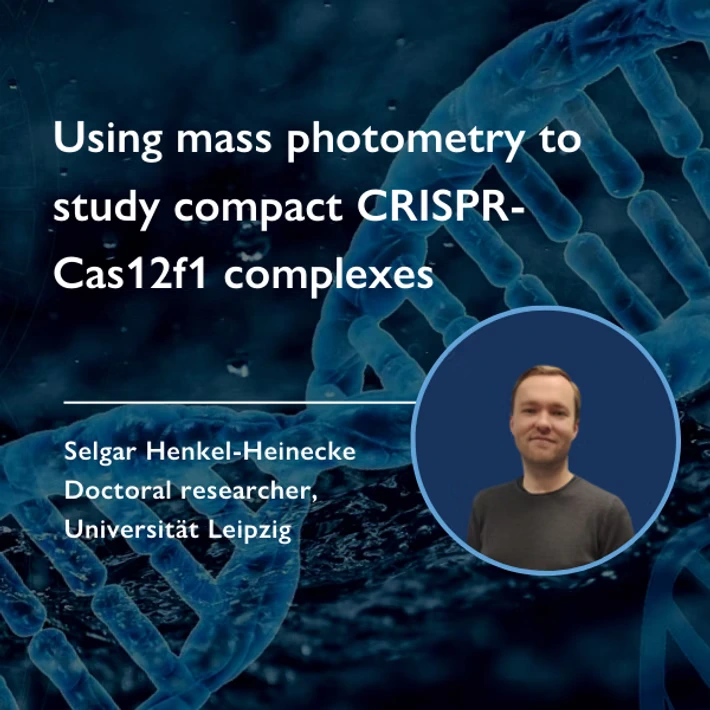
BLOG POST: Using mass photometry to study compact CRISPR-Cas12f1 complexes
Learn how mass photometry can be applied to the study of compact CRISPR-Cas12f1 complexes. Explore its use in determining how the Cas12f1 proteins assemble into a complex with guide RNA and how they subsequently bind to target DNA. Discover also, how mass photometry can complement measurements with magnetic tweezers.
More Application Notes
Browse through our catalogue of application notes highlighting some recent case studies featuring mass photometry.
